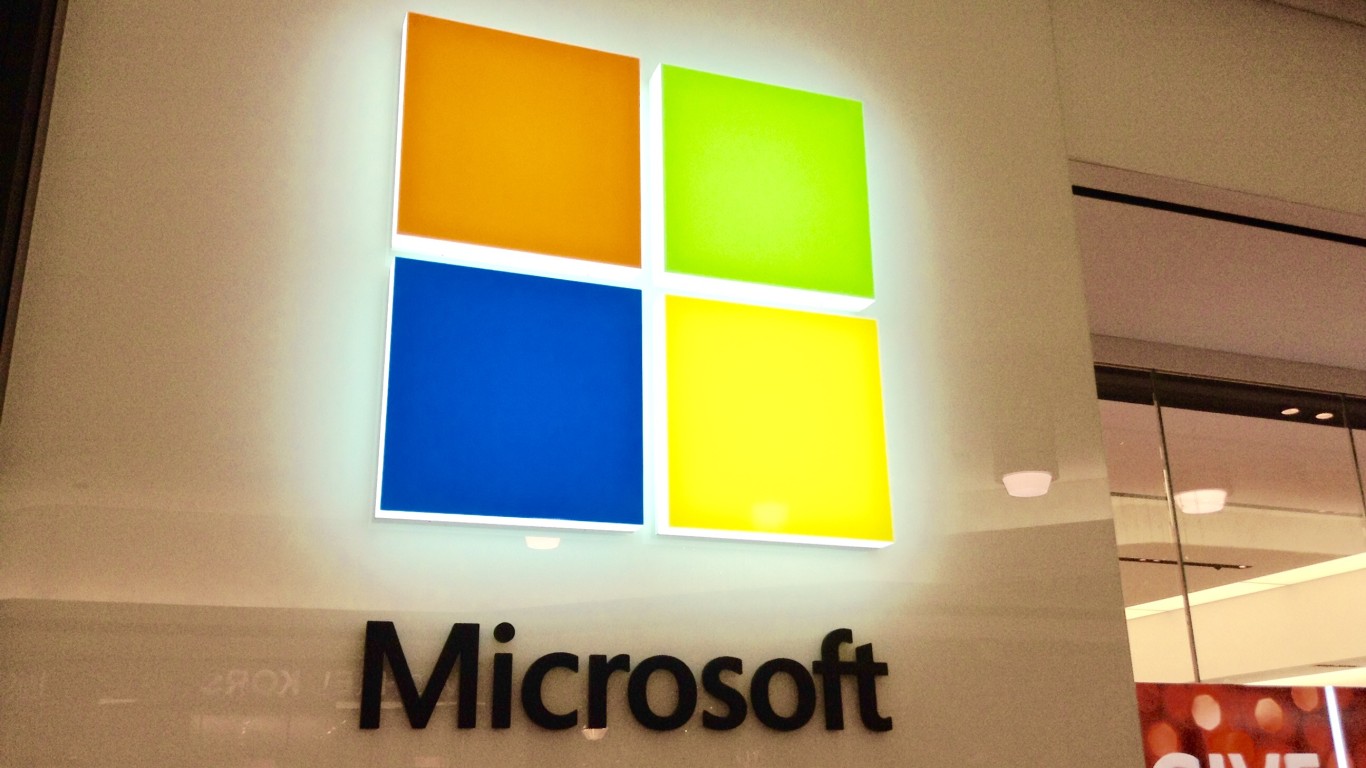
Investors just love solid growth stories. When companies are growing exponentially faster than the average company in the S&P 500, they tend to have valuations that are exponentially higher than the broader index companies. In fact, it is not that uncommon to see some of the ultra-growth market darlings trade at 100 times expected earnings, or at more than 15 or 20 times expected revenue.
Shopify Inc. (NYSE: SHOP) is set to deliver its fourth-quarter earnings report ahead of Wednesday’s open, and this is about as aggressive as investors can get in the large-cap arena at this time. While the valuations are sky-high and with such a strong stock performance, Shopify likely will have to do far better than merely meeting expectations to keep investors and the momentum investing crowd happy.
The Refinitiv consensus forecast calls for $0.24 in earnings per share (EPS) on $482 million in revenue for the most recent quarter. If the company meets those estimates, that would make for just $0.19 EPS for all of 2019 due to such a high degree of investing in new product and service offerings and due to an aggressive international targeting. That said, its revenue expectation of $1.55 billion for 2019 would represent growth of about 45% year over year.
Those estimates are $0.12 EPS and $444.6 million in revenues for the fourth quarter, and for all of 2020 the consensus estimates are $0.93 EPS and $2.11 billion in revenues. This will sound hard to justify on the surface, but that is a valuation of close to 500 times expected earnings and almost 27 times expected revenues.
What is amazing about Shopify is that, even at these sky-high valuations, Wall Street has continued to chase its expectations higher and higher. The stock is up over 170% in the past year, and that is being driven by the number of new products and services to help small or individual merchants have the same sort of look and feel of a large well-heeled retail website. On top of the capital, shipping and payments solutions, it is getting easier to have Shopify act as a merchant fulfillment center that makes for a turnkey operation.
Shopify released some Black Friday and Cyber-Monday data in early December showing that over a million merchants set records using Shopify and that its merchants accounted for over $2.9 billion in revenues from 175 countries. That was up from over $1.8 billion in 2018. Over that short time, the company tracked online purchases from more than 25.5 million customers, with U.S. consumers alone spending an average of $83.05 per order.
Shopify also showed that mobile orders outpaced desktop orders by a margin of 69% to 31%. The company is now targeting the growth from more simple method of “borderless multi-currency commerce” for independent businesses and direct-to-consumer brands. There was also a point in December when CNBC suggested that Shopify was commanding 11% of holiday-related online orders, although that seemed to be a general statement that was not shown in a detailed breakdown.
With Shopify based in Canada rather than the United States, there are some lesser-known investment banking firms that have issued updated target prices, compared to Amazon or other U.S. online behemoths.
- National Bank reiterated its Outperform rating on January 28, and the firm raised its target to $500 from $450.
- On January 22, Roth Capital maintained its Neutral rating but raised its target to $390 from $330.
- KeyBanc Capital Markets raised its target to $485 from $385 and maintained its Overweight rating on January 21.
- On January 13, Credit Suisse reiterated its Outperform rating and hiked its target to $450 from $370.
One independent research firm has maintained a very negative stance due to such high valuations. CFRA has a Strong Sell recommendation based on the growth versus the current valuations, with its overall score ranking in the 93rd percentile of all stocks in its model universe (with 100 being the worst).
Options are also showing a large expectation as well. The strike prices suggest close to a 10% move based on straddle prices, and the implied volatility of 100% for the at-the-money strikes expiring this week are also priced very similarly to a binary biotech event around a drug efficacy review of an established biotech company. Shopify shares were still up 20% year to date in 2020.
Shopify stock traded around $480 on Friday, and the shares were up over 1% above $485 on Monday. The consensus price target is $411.46, and shares have traded in a 52-week range of $160.63 to $495.00.
Thank you for reading! Have some feedback for us?
Contact the 24/7 Wall St. editorial team.

 24/7 Wall St.
24/7 Wall St.



